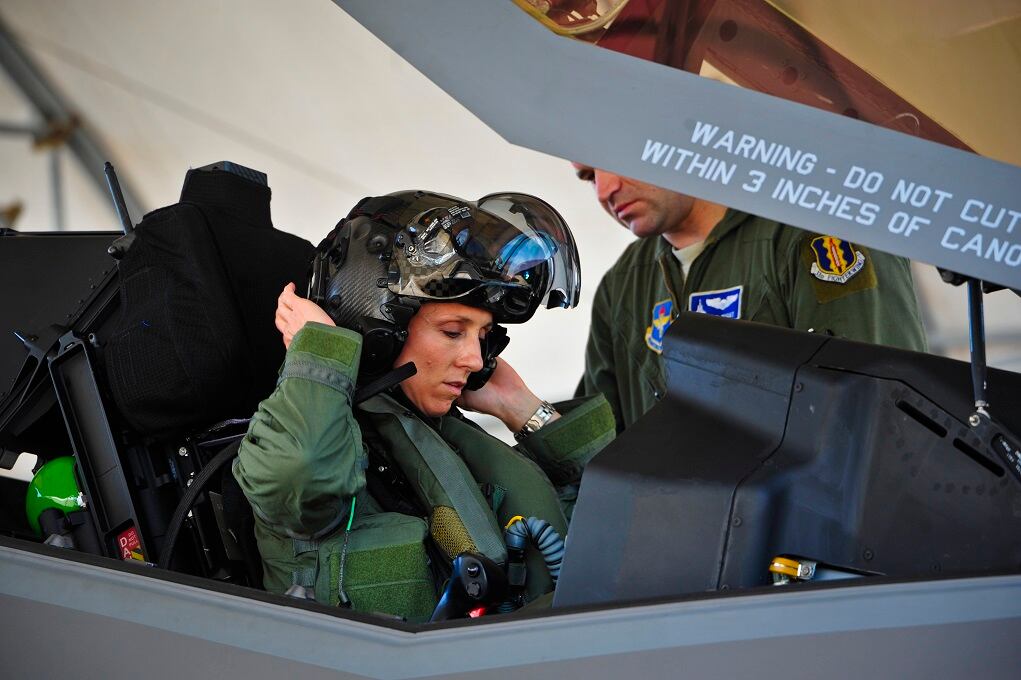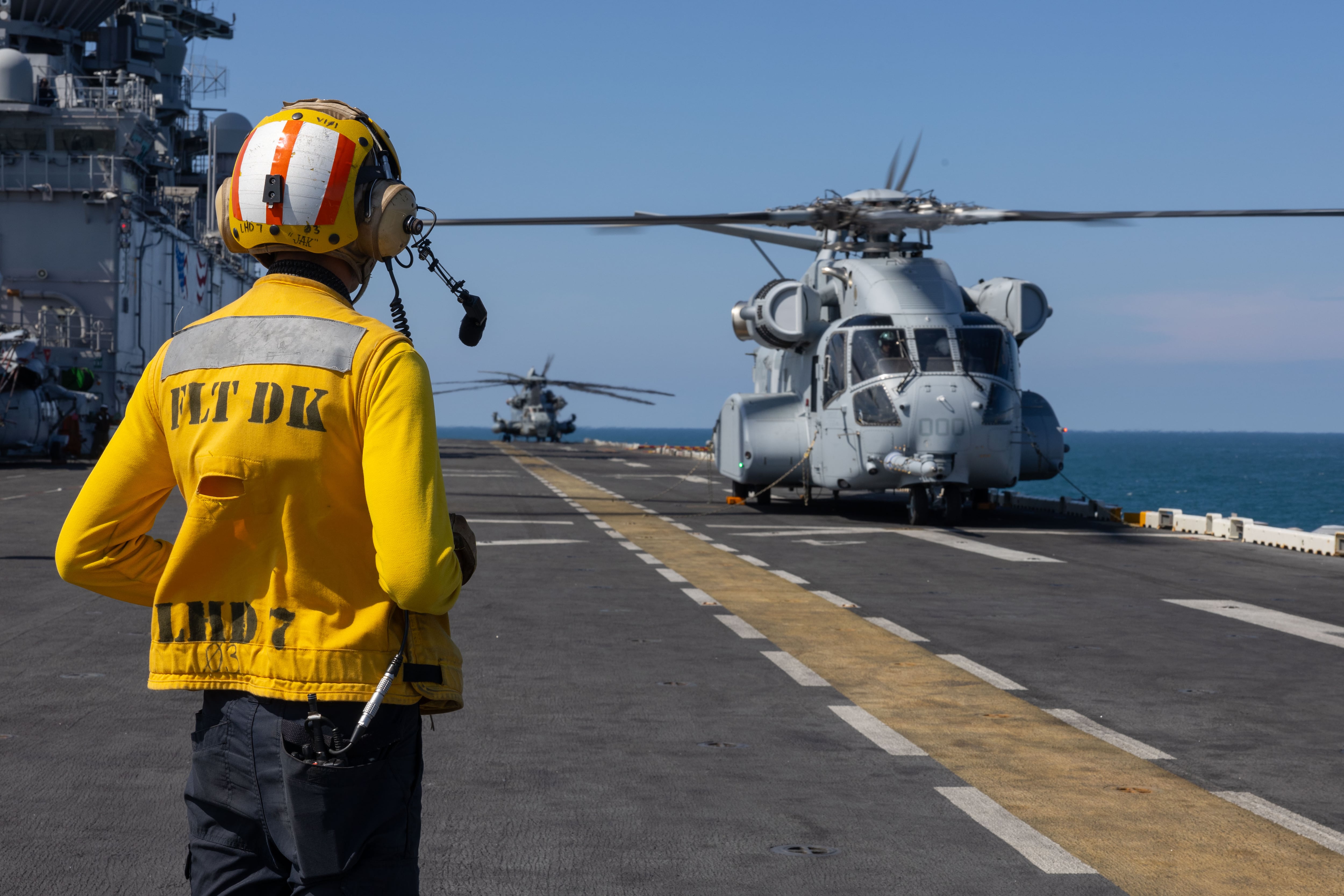For decades, most female pilots in the Air Force have been forced to wear flight suits and other gear that was designed for men, and extensively altered to fit their bodies.
It’s not an ideal situation, to say the least. Using ill-fitting flight equipment can be uncomfortable for women. It can make relieving themselves difficult. It could even lead to pilots experiencing hypoxia or suffering injuries when ejecting, putting their lives at risk.
But finally, the Air Force and Air Combat Command are working on redesigning the flight gear worn by women.
AFWERX Vegas — the Air Force’s nonprofit work space near the University of Nevada, Las Vegas, that was set up to foster collaboration between the military, academia and the private sector — has held several workshops with female aviators, aircrew flight equipment personnel, and experts to come up with solutions, the Air Force said in a Monday release.
The root of the problem, the Air Force said, is that most flight equipment used by pilots was built using body measurements and proportions taken in the 1960s — when only men were allowed to fly planes in the service.
This has created multiple issues with G-suits, flight suits, urinary devices and survival vests. There’s not much variety in the sizes available. So air crew often have no choice but to order the wrong size and tailor it until it fits women.
Not only does this waste time and money that could otherwise go towards the mission, it often doesn’t work all that well — and can be dangerous. For example, anti-gravity G-suits have bladders that fill with air and apply pressure to a pilot’s body, to keep them from losing consciousness while accelerating. But if that G-suit doesn’t fit right, the pilot could suffer hypoxia, and could even lose consciousness.
“All the bladders on my G-suit need to be modified,” Capt. Lauren Ellis, executive officer for the 57th Adversary Tactics Group, said in the release. “It’s a lot of work for the aircrew flight equipment, or AFE, airmen. Even after they’re modified, the proportions don’t fit.”
RELATED

Poorly-fitting life-saving gear such as harnesses and survival vests could also endanger women’s lives. If a pilot has to eject, even when wearing gear that fits, the process is so powerful that they can be injured.
But the wrong size gear could get an ejecting pilot seriously injured, or even killed, Ellis said.
There are also more practical problems with mismatched flight suits. The zippers on flight suits are designed for men, and don’t unzip low enough for women to use their urinary devices in the right way. This means that even if a woman finds a flight suit that fits her, it still isn’t completely right.
“There are flight suits that were designed with longer zippers for women, but they’re almost never available,” Ellis said. “It’s common for females to have to wait months ot receive the flight suit they’ve ordered, which causes them to have to wear the male one.”
And it’s not only women having problems with flight suits that don’t fit, Ellis said. Both men and women who are either very tall or very short have a hard time finding the right suit.
Last year, Air Force Chief of Staff Gen. Dave Goldfein spoke about the need to provide women with gear that fits them properly.
“We have women performing in every combat mission, and we owe it to them to have gear that fits, is suited for a woman’s frame, and [one] can be in for hours on end,” Goldfein said at a breakfast with reporters in March 2018.
Aside from redesigning gear, the Air Force has also set up a centrally-managed equipment facility called the Battlefield Airmen Rapid Resource Replenishment System, or BARS, to ship necessary equipment directly to female air crew. The Air Force said this will allow women to get gear that fits them in a reasonable time period.
“BARS is a step in the right direction,” Ellis said. “Everyone deserves to have equipment that fits them. There are certain things we have to adapt to, but as long as we’re trying to improve and modernize our gear, we can be a more ready and lethal force.”
Stephen Losey is the air warfare reporter for Defense News. He previously covered leadership and personnel issues at Air Force Times, and the Pentagon, special operations and air warfare at Military.com. He has traveled to the Middle East to cover U.S. Air Force operations.





